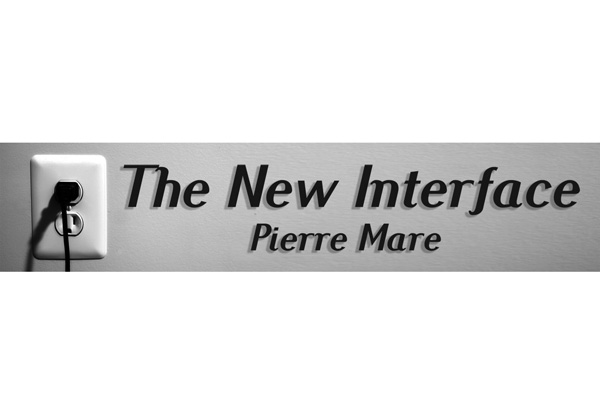
Archetypes: take a hammer to the piggy bank

I use Shutterstock quite regularly. It’s a quick way to get an image into an advert. The alternative is an expensive photoshoot, which only a few of the largest of large clients can afford. By expensive, I mean a good few thousand on the quote, very close to five digits. Shutterstock makes good sense.
This week, I was looking for photos about financial growth. The choices were difficult. The graphs almost always point upwards in a straight line. The other growth image, related to savings, is the piggy bank. More generic images include piles of coins and people smiling at calculators.
The trick is that graphs don’t move in straight, unbroken upward lines, no serious financial professional uses a piggy bank, coins are about valueless now (especially US and EU coins in Namibia), and calculators are about as retro as paper ledgers in the time of the spreadsheet.
The difficulty is that all of the images represented an archetype, but none of them were correct or current.
Yet archetypes are incredibly important in communication. One good image can express the core of a topic. If we see a person in a suit analysing a graph, we know it is about finance. If we see someone running, we know it is about fitness. Pills establish the message that an ad is about medicine. And a woman laughing at a salad says the advert is about health and diet, even if it makes us cringe.
If I have to look at one more photo of two hands cupping soil with a plant growing in the soil, I will probably headbutt my desk. (The monitor is breakable.)
The need for a strong visual archetype becomes all the more important when you consider that Facebook allows a maximum of 20 per cent of any picture that is boosted to be allocated to text.
Perhaps the picture is worth a thousand words when an archetype is employed. That’s incredibly useful, because nobody reads all that much, and the idea of short and to-the-point is becoming more and more important.
On the other hand, if the visual archetype is incorrect, then those are the wrong thousand words, and will make your message sound like the ramblings of a disconnected idiot.
Archetypes are not just visual though. An accent can place the context as well. A dense Afrikaans accent turns a radio spot into a Van Der Merwe joke. A squeaky female voice becomes a ‘dumb blond’ in our minds. Apparently American accents signify the excitement of consumer culture. And there is the disappointing, overstated African accent.
Humour can be difficult, but the right accent or tone of voice other than a sound choice is going to offend someone.
There are several strategies that can make an archetypal approach stronger.
The first is the potential for a related archetype. In the case of finance, it might be a picture of a group of children. That could be lead to a line like, “Savings. Because each of these kids wants to be a doctor.” Or it could be a man working late at night, with the line, “Finance. So that you can afford employees to work late at night for you.”
The idea might also turn around and attack the archetype. If you are stuck with a picture of a calculator, it is possible to attack it. “Some of our competitors still use calculators. Our system puts us ahead of the game.” Or, “Who needs a piggy bank anyway.” Or, “Anyone who believes in uninterrupted growth probably also believes in the tooth fairy.”
The most important point is probably to understand the archetypes that your customers have of your field. A simple question can give you all the knowledge you need. If for instance, you are in construction, ask what people think of first, when they think of construction. The answer may surprise you, possibly even point you in the direction of new approaches.
Unfortunately, if you are looking for a specific Namibian archetype, you are going to be disappointed or pay for the photo shoot. If you are a photographer and selling stock, please, there are enough photos of dunes now.













































